On the occasion of the 50th anniversary of national reunification, VietNamNet presents a special series titled “April 30 - A new era”. Experts, military strategists, and eyewitnesses reflect on memories and lessons from the resistance war against the United States - lessons on national unity, mobilizing the people’s strength, international solidarity, diplomacy, and military strategy. They emphasize the creativity and resilience of the people's war, a cornerstone in Vietnam’s struggle for independence and a vital guide for its continued development and defense.
VietNamNet invites readers to revisit “political pockets” and command bases behind enemy lines: Cu Chi Tunnels, Rung Sac base, Vuon Thom base, Ban Co labor zone, and hidden bunkers within downtown Saigon.
Today, many once-secret wartime locations within Ho Chi Minh City have been opened to the public - places with dark underground chambers and hidden passages that once bore silent witness to the activities of Saigon Commandos.
Thousands rush past these sites daily, yet few pause to uncover the stories of courage and sacrifice behind their facades.
One such site is the Do Phu Café - Dai Han Broken Rice, located at 113A Dang Dung Street, Tan Dinh Ward, District 1. Known affectionately as the “Commando Café,” this modest eatery holds monumental historical weight.
The home was used by People's Armed Forces Hero Tran Van Lai - also known as Nam Lai, Mai Hong Que, and Nam U.SOM - as a strategic base in preparation for the 1968 Tet Offensive.
“Do Phu” means “Do family’s residence.” The restaurant's name “Dai Han Broken Rice” reflected its popularity among both locals and Korean soldiers stationed nearby during the Vietnam War.
Yet few customers knew that behind the simplicity was a covert revolutionary base - used for shelter, courier meetings, the exchange of classified documents, and hiding cadres.
Visitors can now see remnants of this secret resistance network, including handwritten notes left by leaders who once passed through.
A narrow hidden bunker - less than 20 centimeters wide - was tucked inside the wall separating 113A and 113B Dang Dung, camouflaged beneath the wooden floor. It was designed and constructed by Tran Van Lai to store documents, medicine, money, and gold.
On the second floor, a three-meter-deep bunker - disguised under a wardrobe - could fit one person. In case of emergency, commandos would lock themselves inside, open the trap door, and escape through the rear of the house.
Next to the kitchen sink, a secret brick cavity held documents that Nguyen Thi Su would retrieve nightly to pass on to the next courier.
Just blocks away is the Saigon - Gia Dinh Commando Museum at 145 Tran Quang Khai Street, District 1 - a three-story home built in 1963. Tran Van Lai also established this house, presenting it outwardly as an interior contracting business for the Independence Palace, while secretly using it for revolutionary work: meetings, correspondence, and transferring funds to resistance zones.
After 1975, the property was divided and sold. In late 2019, Lai’s family repurchased part of the ground floor and two upper levels to build the museum. On June 21, 2023, it was officially licensed to operate.
A moving centerpiece is the Memorial Wall, which respectfully commemorates the Saigon - Gia Dinh Commandos who gave their lives for Vietnam’s freedom.
The museum houses more than 300 artifacts, including secret weapon bunkers, vehicles, communications equipment, and personal items like tools used by Tran Van Lai in his disguise as a carpenter. A leather salon chair concealing weapons, a military radio, a typewriter once belonging to Nguyen Van Thieu, an accordion, and motorbikes used to deliver confidential messages are also on display.
A few streets away, at 368 Hai Ba Trung Street, District 1 - on one of the city's most valuable stretches - a three-story home stands closed and quiet, unlike the bustling storefronts around it. A flag of the National Front for the Liberation of South Vietnam hangs above the door.
Once the Phu Xuan - Vinh Xuan gold leaf shop, this site dates back to 1930 and later became an intelligence hub, funding commando operations. The underground bunkers remain intact and once held secret documents, cash, and resistance fighters - used throughout both the French and American wars.
Now under restoration, the house is being preserved as a historical site.
Another key location is the house at 287/70 Nguyen Dinh Chieu Street, District 3, which Tran Van Lai purchased in 1966 and converted into a hidden weapons cache and commando shelter.
Spanning about 35 square meters, Lai claimed to be digging a septic tank but instead built a bunker to smuggle weapons into the city. The trapdoor was disguised as regular flooring, hard to detect, with a 60x40cm hatch near the stairs, fitted with a center-locking ring.
The underground chamber measured over 8 meters long, 2 meters wide, and 2.5 meters deep, complete with circular frames and a drainage pipe for emergency escape.
Following the 1968 Tet Offensive, the house was attacked under suspicion of harboring commandos. It eventually fell into U.S. hands, but the secret bunker beneath remained undiscovered.
This hidden space once stored over 350kg of TNT and C4 explosives, 15 AK rifles, 3,000 rounds of ammunition, handguns, B40 rocket launchers, grenades, and more - all right in the heart of the city, just over a kilometer from the Independence Palace.
Recognized as a National Cultural-Historical Site in 1988, this bunker is a powerful symbol of the resilience and ingenuity of the Saigon Commandos.
The chain of commando landmarks extends beyond the city: the Garage Citroen at 499/20 Cach Mang Thang Tam Street (District 10), the Gio Long site at 166/8 Tac Xuat (Can Thanh Town, Can Gio Coast), and a villa with a secret bunker system once used for interior works at the Independence Palace at 8 Nguyen Thi Huynh Street (Phu Nhuan District) - all served to hide weapons and protect cadres deep within enemy territory before 1975.
Visiting these museums and relics isn’t just a journey into the past - it’s a proud exploration of a nation’s heroic legacy. Each story and artifact speaks volumes about the bravery, sacrifice, and determination of the Saigon Commandos who gave everything for Vietnam’s independence.







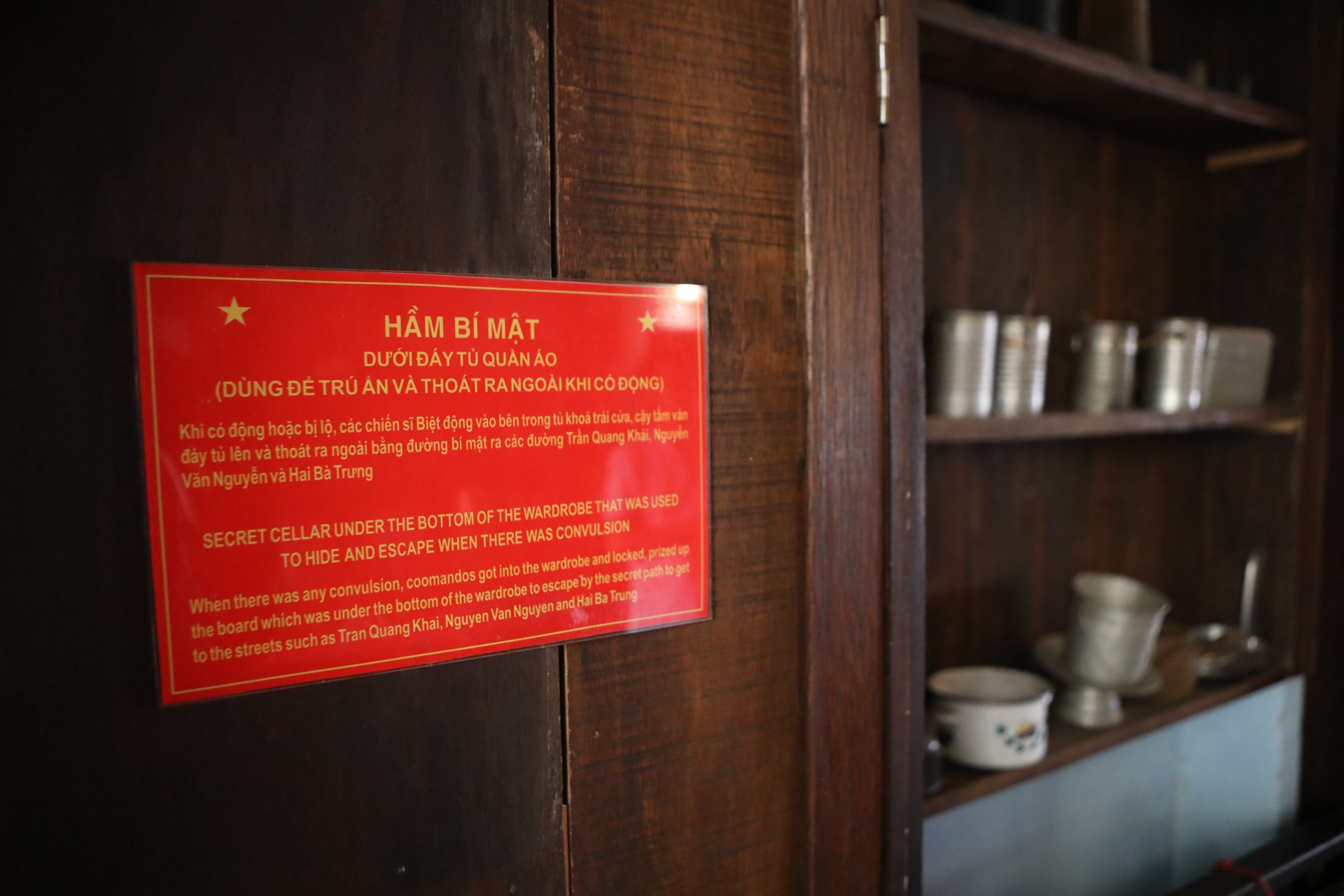
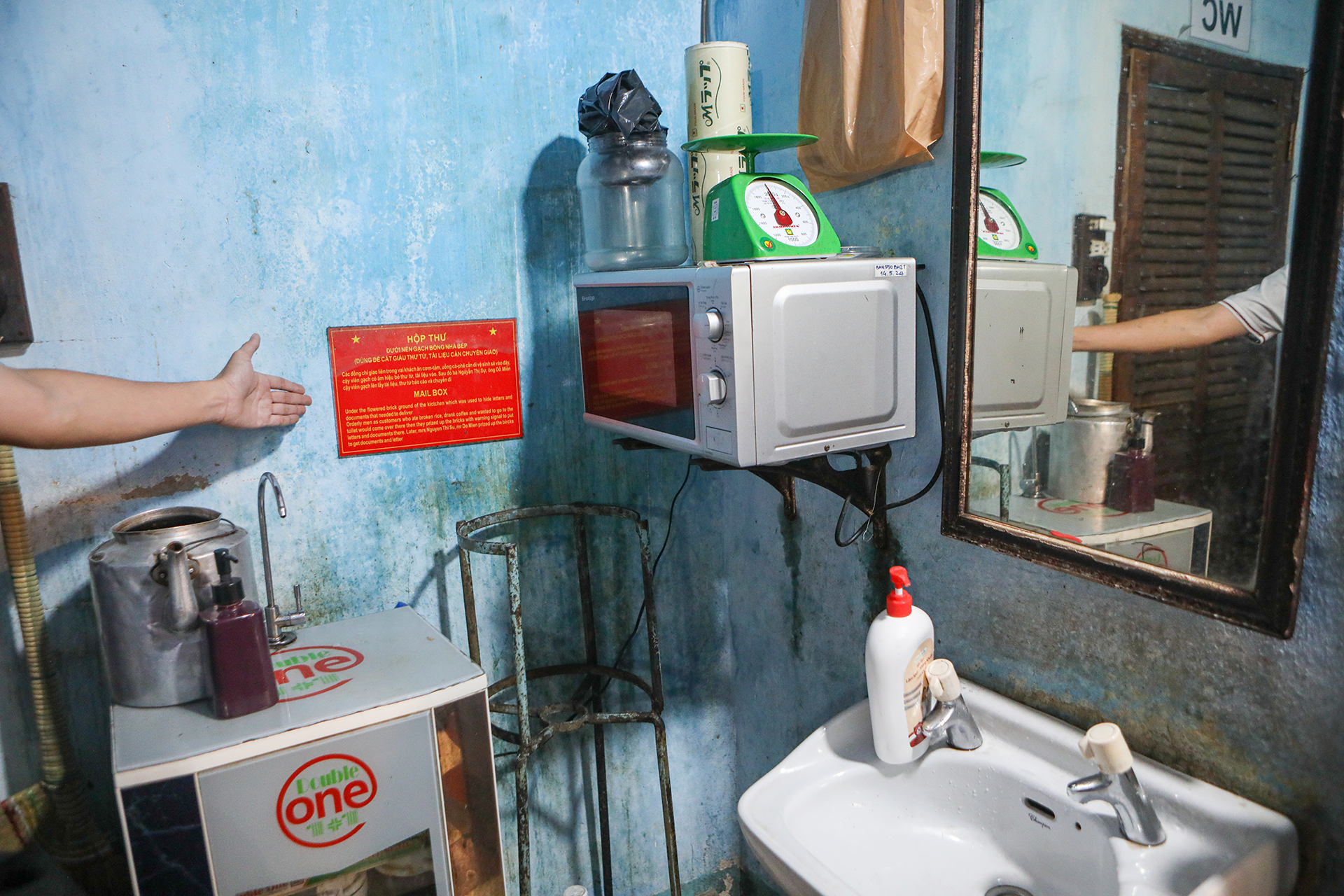

Not far from Do Phu Café is the Saigon – Gia Dinh Special Forces Museum, located at 145 Tran Quang Khai Street, District 1. This is a three-story house built in 1963.
During the resistance war against the United States, the house was also established by Mr. Tran Van Lai. On the surface, it functioned as a base for his interior contracting and construction business, including projects for the Independence Palace.
At the same time, the house also served secret operations for the Saigon Special Forces, such as hosting meetings, exchanging letters and documents, and delivering money and gold to the resistance base.
After 1975, the original house was divided into three separate units and sold to different owners. Currently, Mr. Tran Van Lai’s family has repurchased part of the ground floor and the remaining two floors to establish a museum, beginning artifact collection efforts at the end of 2019.
On June 21, 2023, the museum was officially granted an operating license.
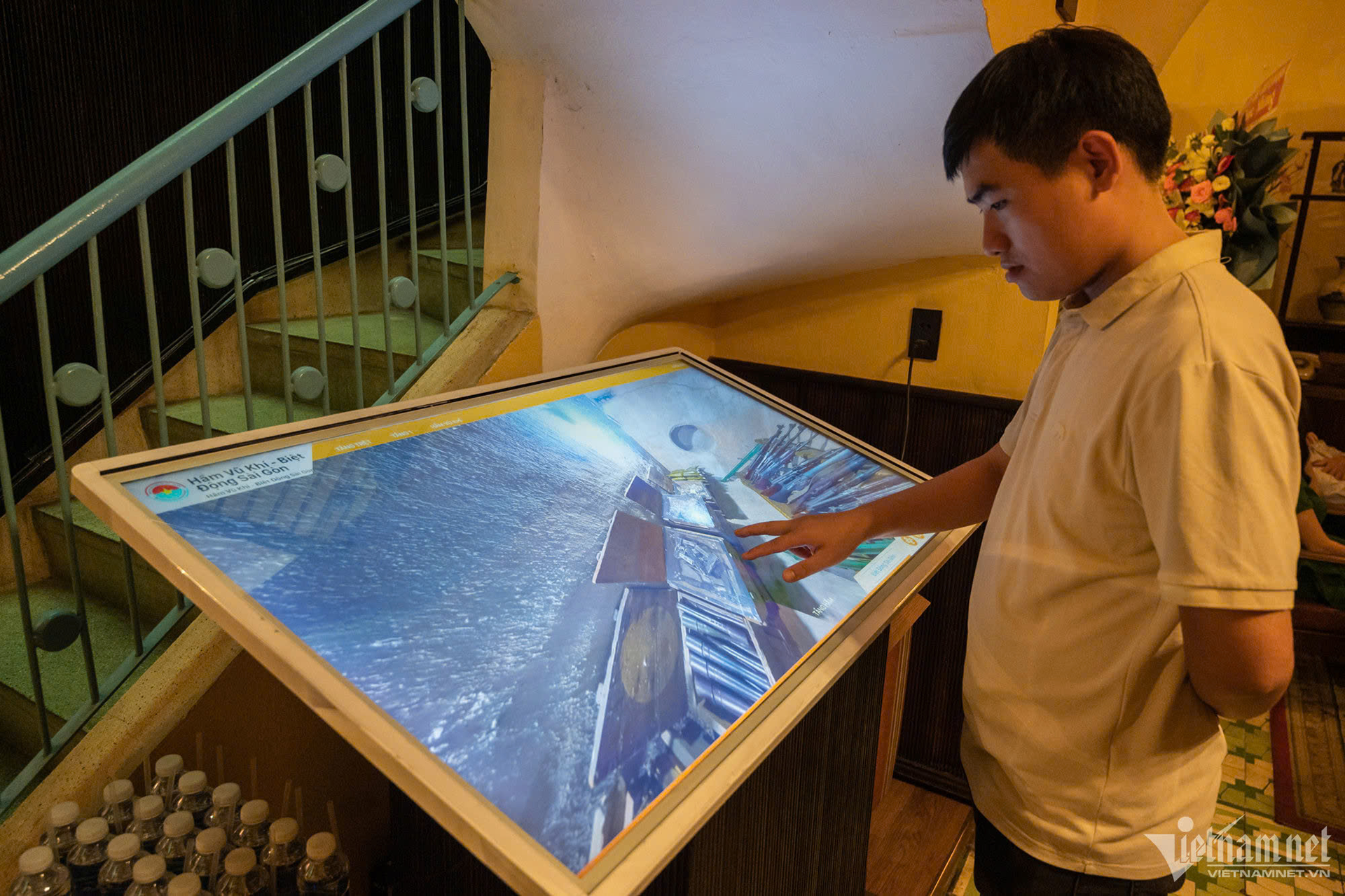



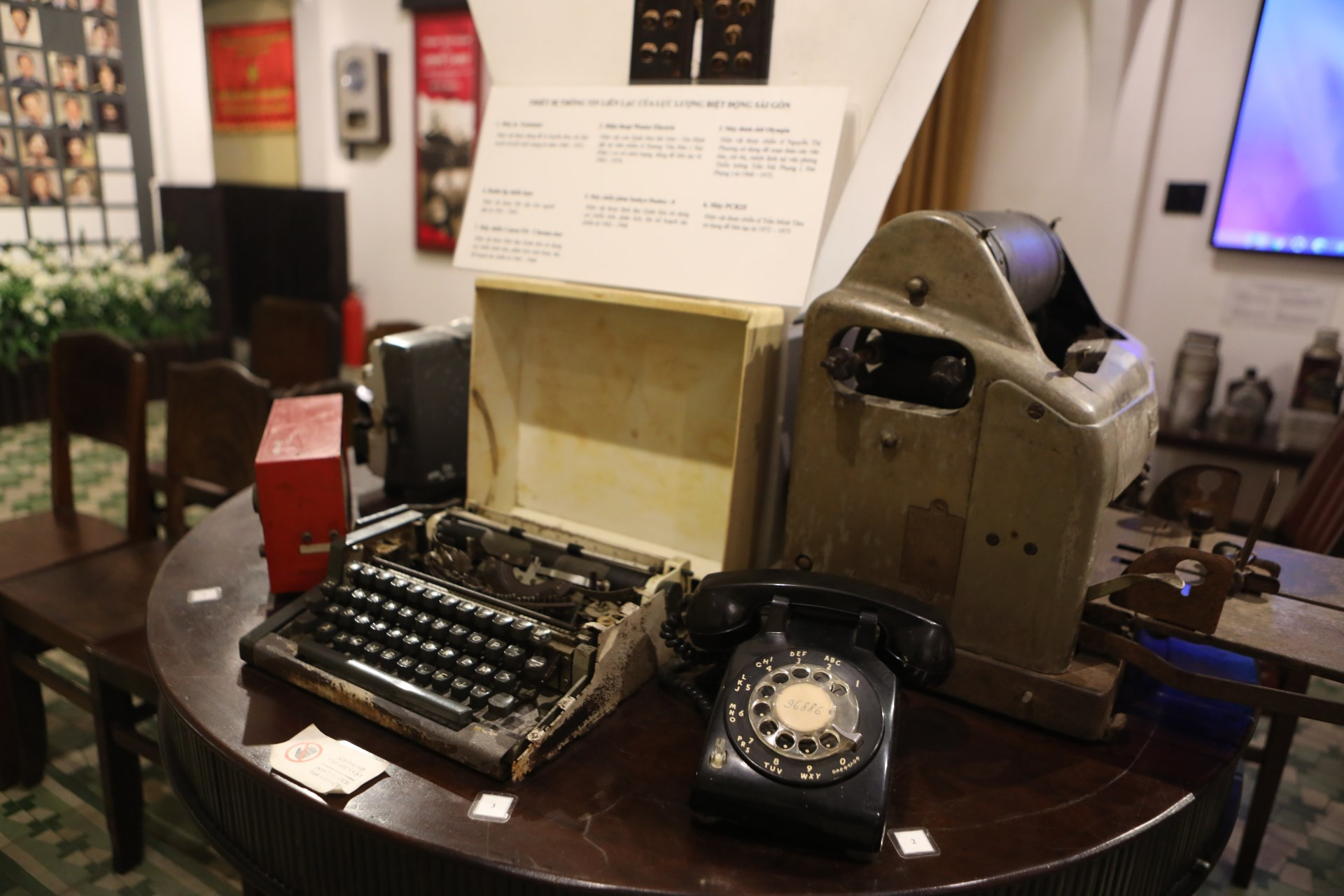

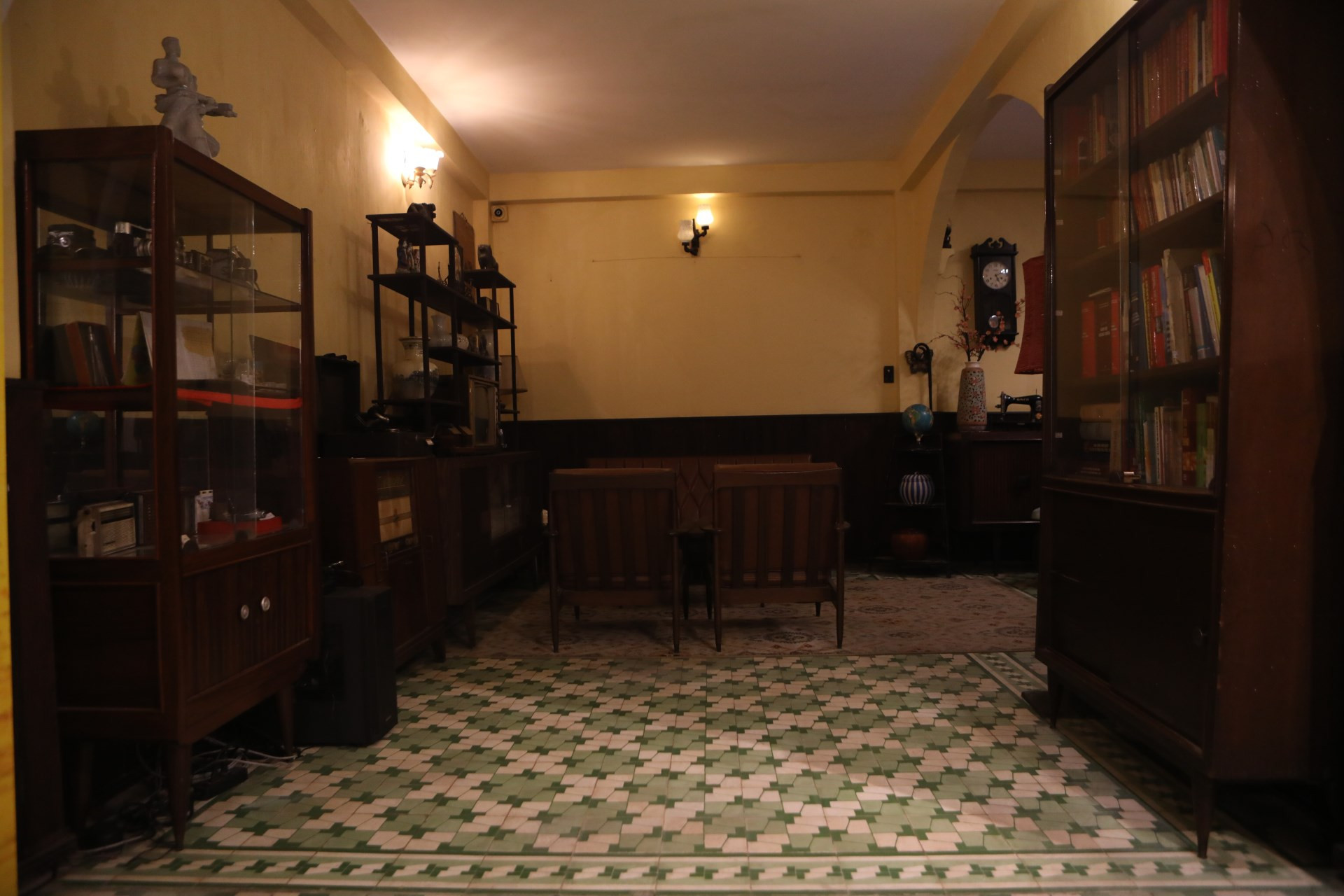


The house still preserves underground and vertical bunkers used to store documents, money, gold, and to hide Viet Minh revolutionary officers during both the resistance against the French and the Americans.
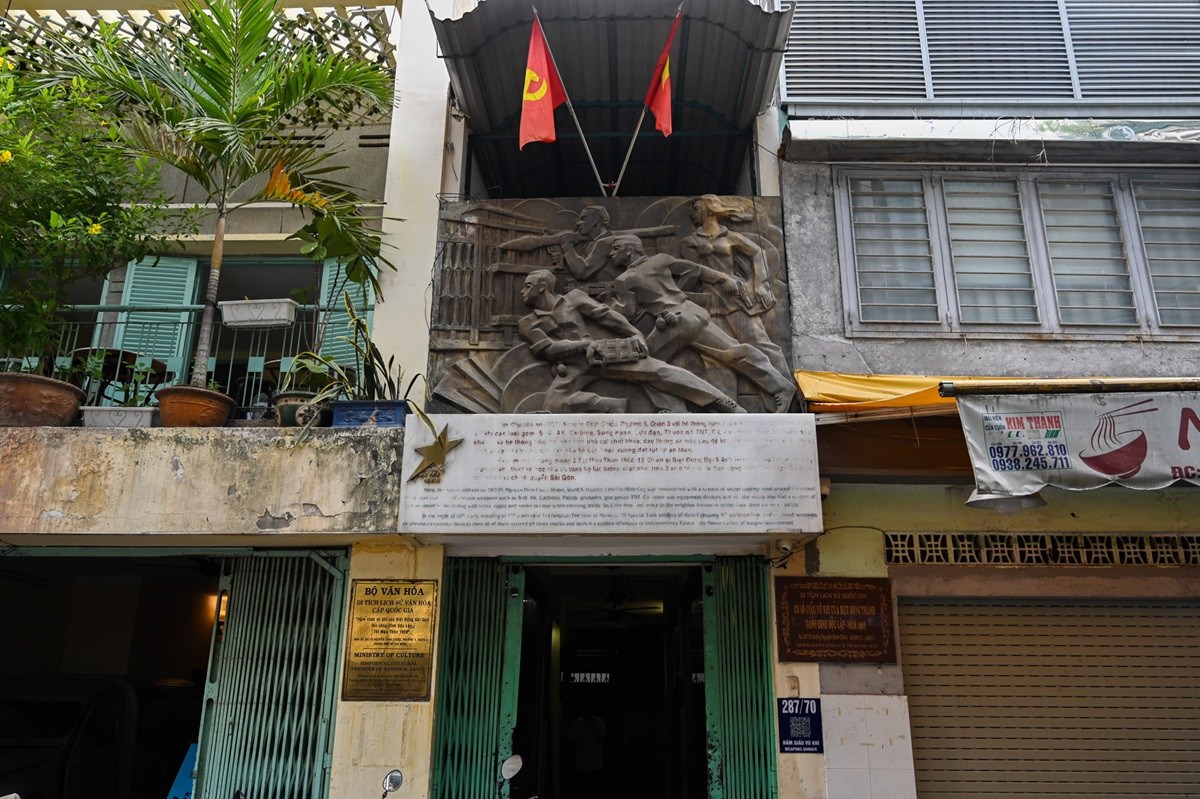

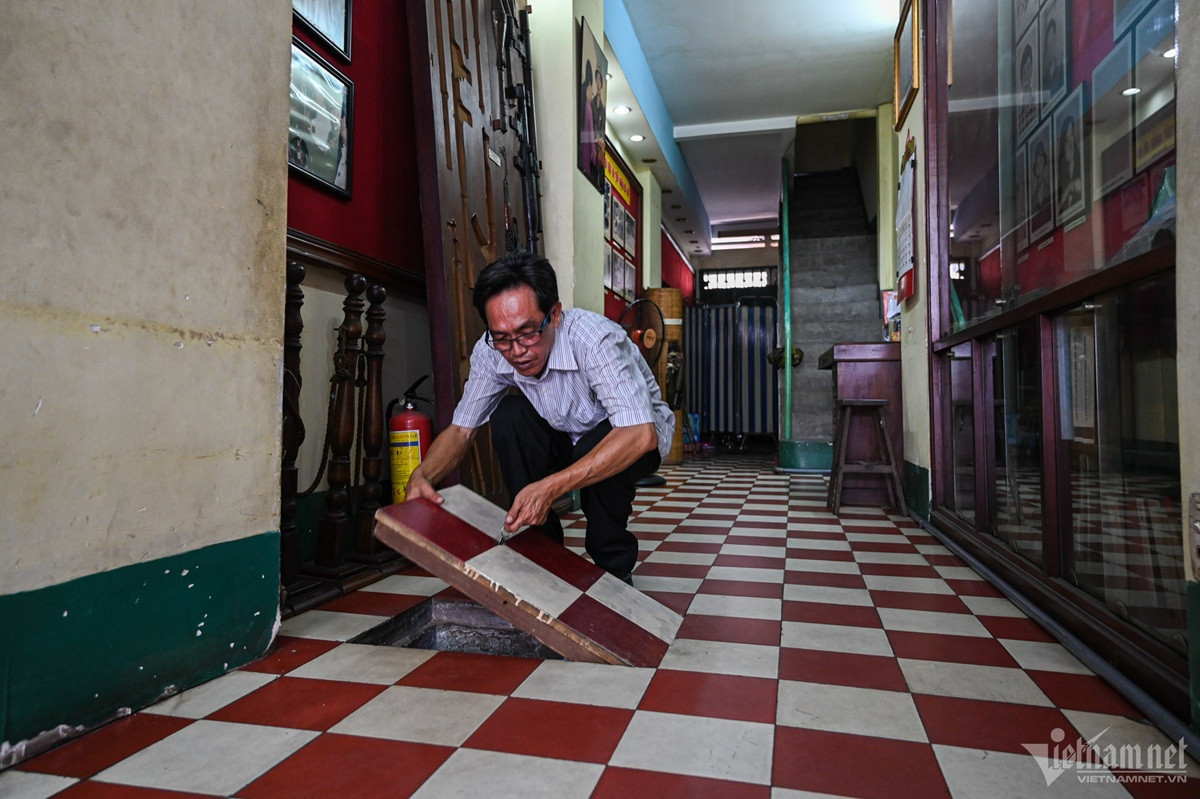
The bunker opening, located near the staircase, measured 60 cm long and 40 cm wide. Its lid featured a central bolt, allowing it to be lifted using a metal ring.
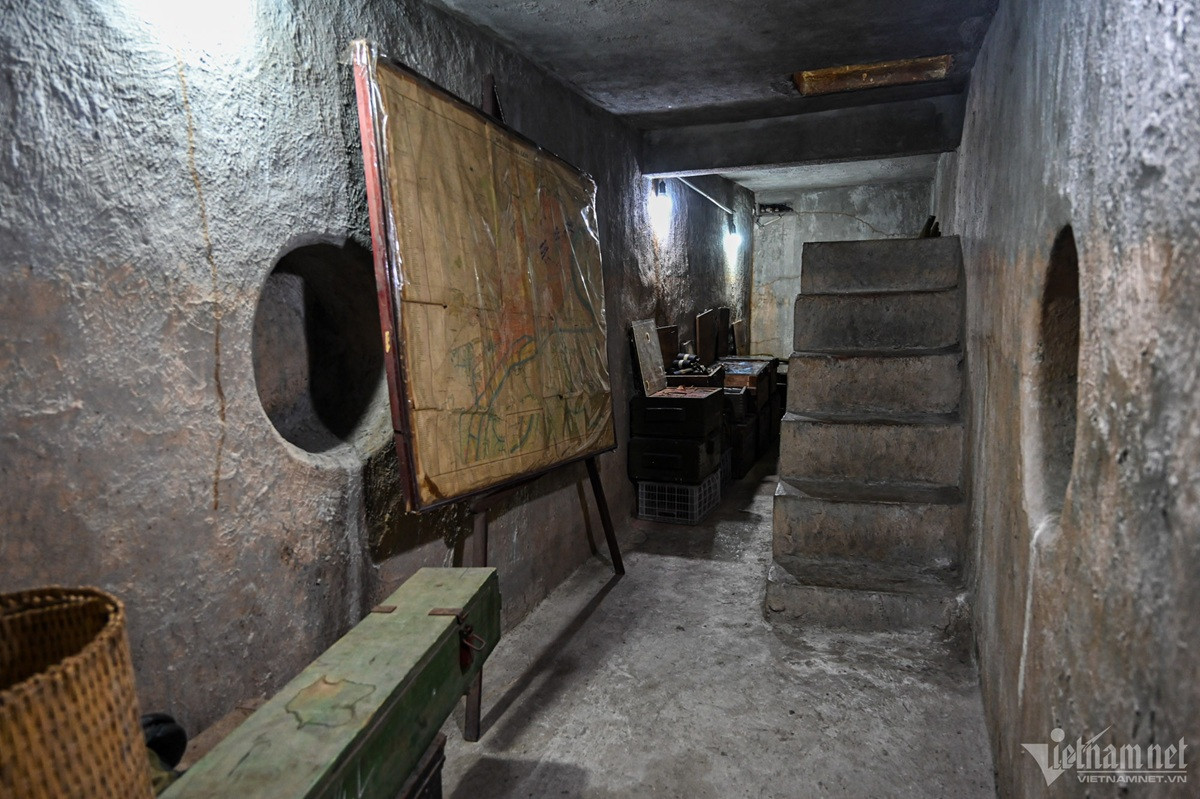
The underground bunker measured over 8 meters in length, 2 meters in width, and 2.5 meters in depth.
Inside, it was equipped with circular frames connected to a drainage pipe system, designed as an emergency escape route.
After the Tet Offensive in the spring of 1968, the enemy attacked the house, suspecting it was a hideout for the Special Forces. Later, the house fell into American hands - but they remained unaware of the hidden weapons bunker beneath it.

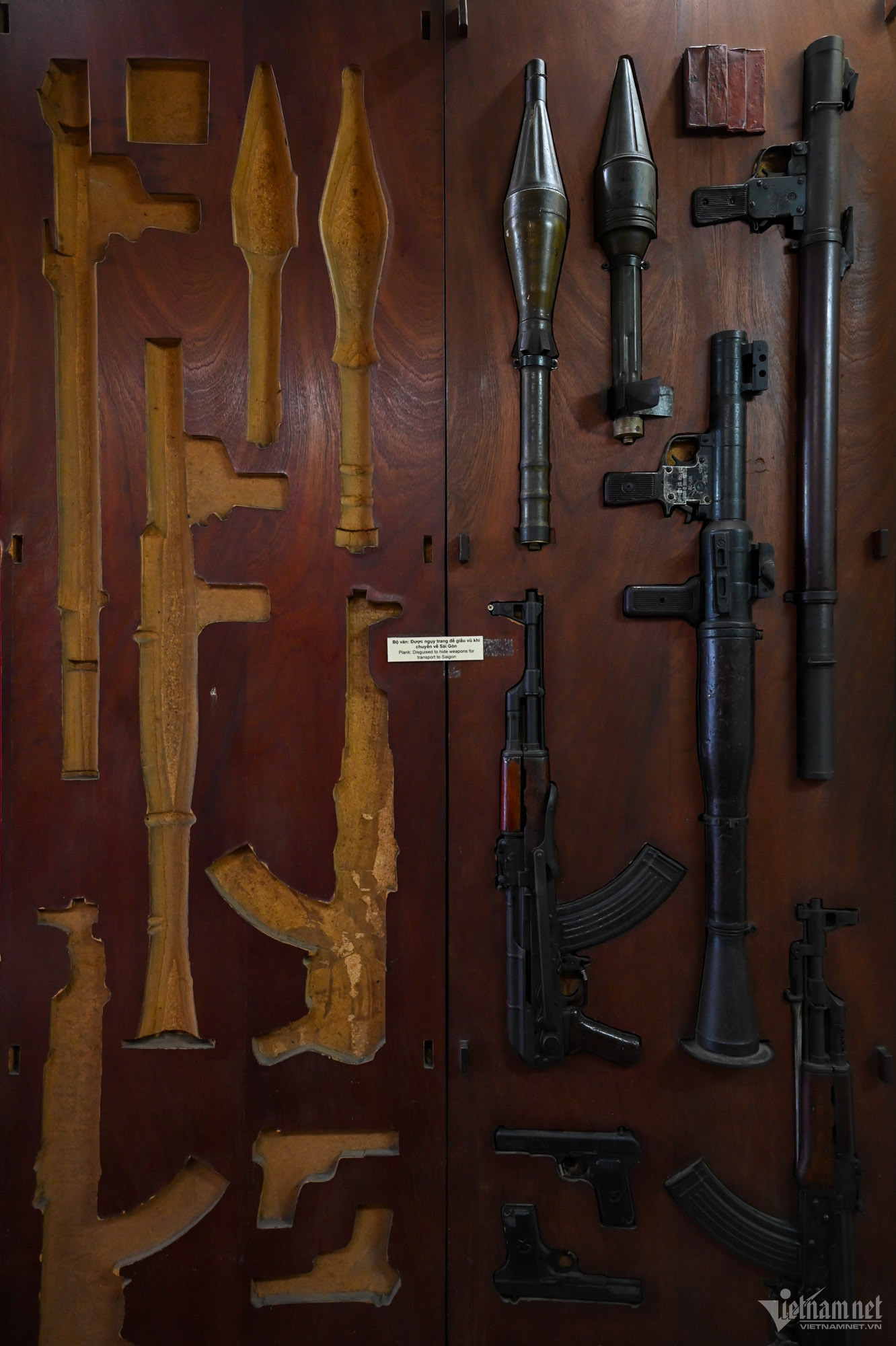
Remarkably, this house was located right in the heart of the city - just over 1 kilometer from the Independence Palace - yet all tunneling, transportation, and storage activities were carried out in complete secrecy and absolute safety.

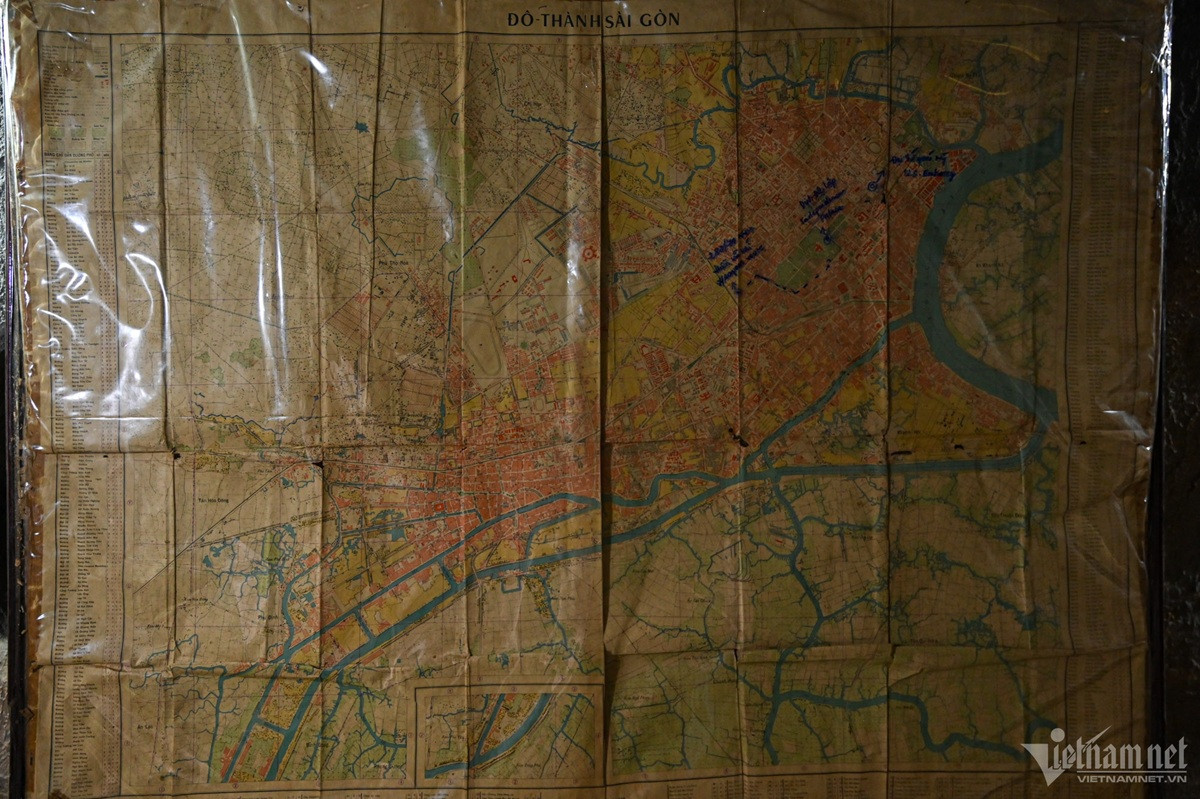
Ngan Anh, Khanh Hoa, Nguyen Hue, Dao Phuong